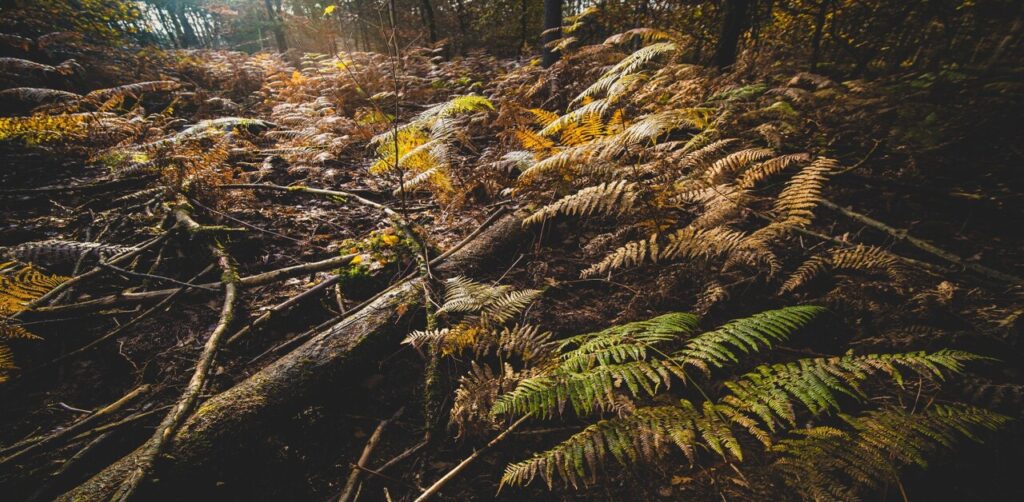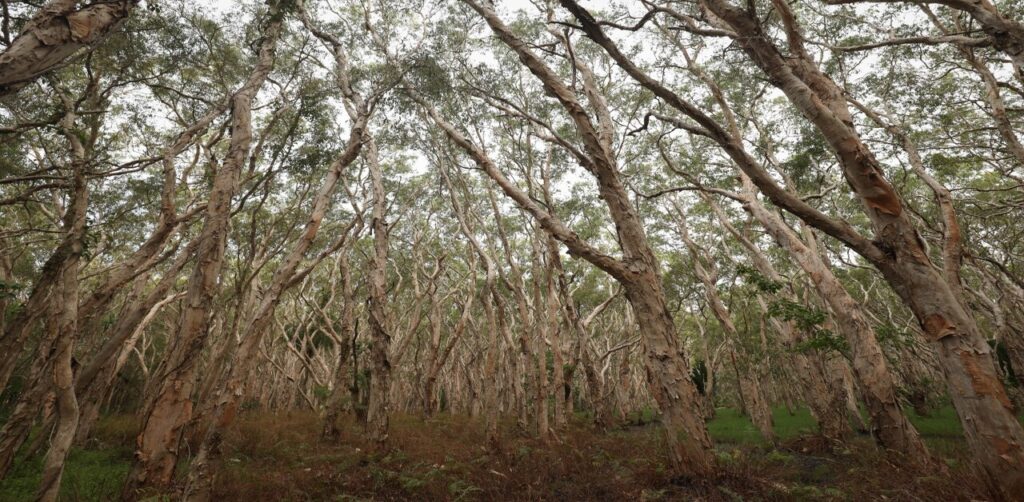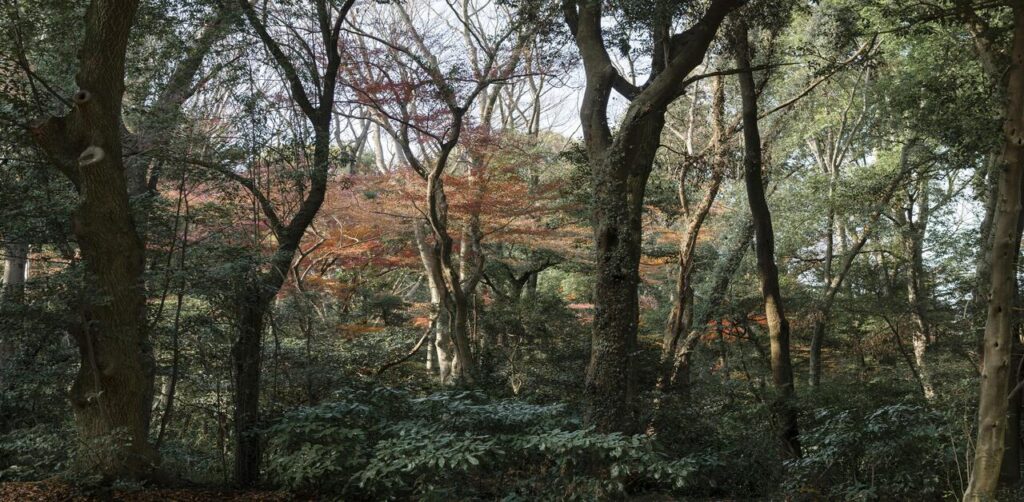One of the most interesting modes of adapting life to survive in extremely harsh conditions is the tropical thorn forests.
They are present in dry and semi-arid areas, where rainfall levels are minimal, which is why the trees, shrubs, and some plants used in these forests are thorny and resistant to drought.
However, in contrast to the thicker plants of tropical rainforests, thorn forests are rugged landscapes, with all flora and fauna highly adapted to conserve water and survive in the heat.
They are widely distributed in Rajasthan, Gujarat, and the Deccan Plateau of India, as well as throughout the world.
Tropical thorn forests may appear barren on the surface, but they possess deep ecological value and can sustain distinct biodiversity, as well as being sources of invaluable resources for local populations.
In this article, we discuss the tropical thorn forests, the distribution of forests, their characteristics, flora, and fauna in the forests, and their importance.
Table of Contents
What are the Tropical Thorn Forests?
Tropical thorn forests are a type of dry tropical vegetation found in habitats with very low rainfall, typically less than 75 cm/year. These are arid areas with very high temperatures.
Due to the extreme weather conditions in this place, only plants and trees that are resistant to drought thrive.
Most of the vegetation here consists of thorny trees, bushes, scrubs, and grasses.
The trees are stunted in nature and have thick bark, small leaves or spiny leaves, and deep roots to preserve water.
It is not simply a matter of survival, but also a matter of composition within delicate ecosystems.

Distribution of Tropical Thorn Forests
Tropical thorn forests are present in some parts of the world, but are typically found in semi-arid and arid areas of tropical and subtropical regions.
Thorn forests are found in Rajasthan, Gujarat, Haryana, Punjab, Madhya Pradesh, Maharashtra, and in some parts of Andhra Pradesh and Karnataka. A typical example of a thorn forest is the Thar Desert.
These woods also exist in some parts of Africa, the southwestern United States, and Mexico, as well as parts of Australia.
Their habitat has always been linked to deserts, semi-deserts, or areas within rain-shadow regions of mountains where the monsoon winds do not supply sufficient rain.
If you want to read an article about the tropical deciduous forest, then you can click on it.
Characteristics of Tropical Thorn Forests
Tropical thorn forests have a characteristic look and habitat.
Some major characteristics of them include:
1. Acceptable Low, Scattered Vegetation
There are not many trees, and these do not have very thick canopies.
In their place are open grass fields with thorny bushes and scrubs.
2. Xerophytic Plants
The plants are largely xerophytic (those adapted to dry conditions).
Mostly seen are trees such as acacia, babool, khejri, ber, and cactus.
3. Modified Leaves
Most of the plants are thick-leaved or spiny to minimize water loss.
Others, such as cacti, save water in their stems.
4. Deep Root System
Plants are highly drought-resistant because the roots run deep into the ground in an attempt to find underground water sources.
5. Seasonal Adaptations
It is typical of most plants to lose their leaves in dry seasons to reduce the amount of transpiration so that they can endure extreme temperatures.
6. Faunal Adaptations
Animals in this area, including camels, blackbucks, desert foxes, and rodents, are very well adapted to dry climates.
There are also birds such as peacocks, vultures, and eagles.
If you want to buy a book, “Oxford Student Atlas for India“, then you should visit here.

Flora of Tropical Thorn Forests
The thorn forests have a different kind of vegetation.
Some common species include:
- Landscape: Acacia tree (Babool), Khejri, Khair, Ber, Palmyra, Date Palm.
- Shrubs: Euphorbia, Capparis, Carissa.
- Cacti: Opuntia and other succulents.
- Grasses: Sparse grasses sewan and dhaman, are planted in patches. It is grazing land.
Fauna of Tropical Thorn Forests
Thorn forests are the home to many animals, despite the adverse conditions:
Some of them are:
- Mammals: camels, nilgai, blackbuck, desert fox, jackals, wild ass (in Rann of Kutch).
- Reptiles: monitor lizards, snakes, and lizards.
- Birds: vultures, peacocks, eagles, owls, partridges.
- Insects: Beetles, ants, and termites do well in these ecosystems.
These are characteristic adaptations to each species to conserve water, live a nocturnal life, and cope with intense heat conditions.
Human Life and Thorn Forests
Centuries of human culture and survival are built around exotic thorn forests. People who live in these areas have adjusted to the high climatic conditions.
Some aspects include:
1. Pastoralism: Keeping of cattle, camels, goats, and sheep has been practiced since the land is not very fertile to allow farming.
2. Irrigation farming: Some localities are also developing crops such as bajra, jowar, pulses, and oilseeds through low irrigation.
3. Plastic use: Babool wood can be used as fuel, khejri leaves can be used as fodder, and gums, resins, and medical products are made out of thorny plants.

Ecological Importance
Thorn forests may seem dry and lifeless on the surface, but the ecological value of these forests is great:
1. Preventing Desertification: Forest cover helps in saving soil erosion and the spread of the desert.
2. Biodiversity Hotspots: They host special species that are adapted to drought.
3. Carbon Storage: Even when the vegetation is sparse in a location, it still helps to store carbon.
4. Livelihood Support: These forests provide fodder, fuelwood, and other minor forest products to local communities.
Threats to Tropical Thorn Forests
Thorn forests, like many other ecosystems, are challenged by several factors:
1. Overgrazing: Overgrazing of animals causes erosion of the soil.
2. Deforestation: The reduction in natural vegetation cover through the cutting of trees to produce fuel wood and farm produce.
3. Urbanization: Cities and industries are spreading out into areas of thorn forests.
4. Climate Change: Rising trends of desertification and uneven rainfall are endangering the lives of these ecosystems.
Conservation of Tropical Thorn Forests
The conservation of the thorn forest requires both old knowledge and new conservation strategies.
Some measures include:
1. Drought-resistant species Afforestation Programs.
2. Systematic Fencing to stop overexploitation of grasslands.
3. Water Conservation Projects, such as rainwater harvesting and check dams.
4. Wildlife sanctuaries in semi-arid regions (e.g., Desert National Park in Rajasthan). These are Protected Areas.
5. Participation of the community in promoting the sustainable use of forest resources.

Conclusion
Tropical thorn forests do not boast the dense green cover of rainforests or even the commercialism of timber forests, yet they represent a symbol of survival and endurance in some of the most hostile environments on the planet.
They sustain special plant, animal, and human cultures that have come to live in scarcity.
With climate change and human actions exerting stress on these vulnerable ecosystems, preserving tropical thorn forests becomes not only a conservation issue but also a livelihood and biodiversity concern.
The silent tale of survival, of balance, and adjustment that their thorns and rocky terrain offer- a tale that mankind must cherish and conserve.

